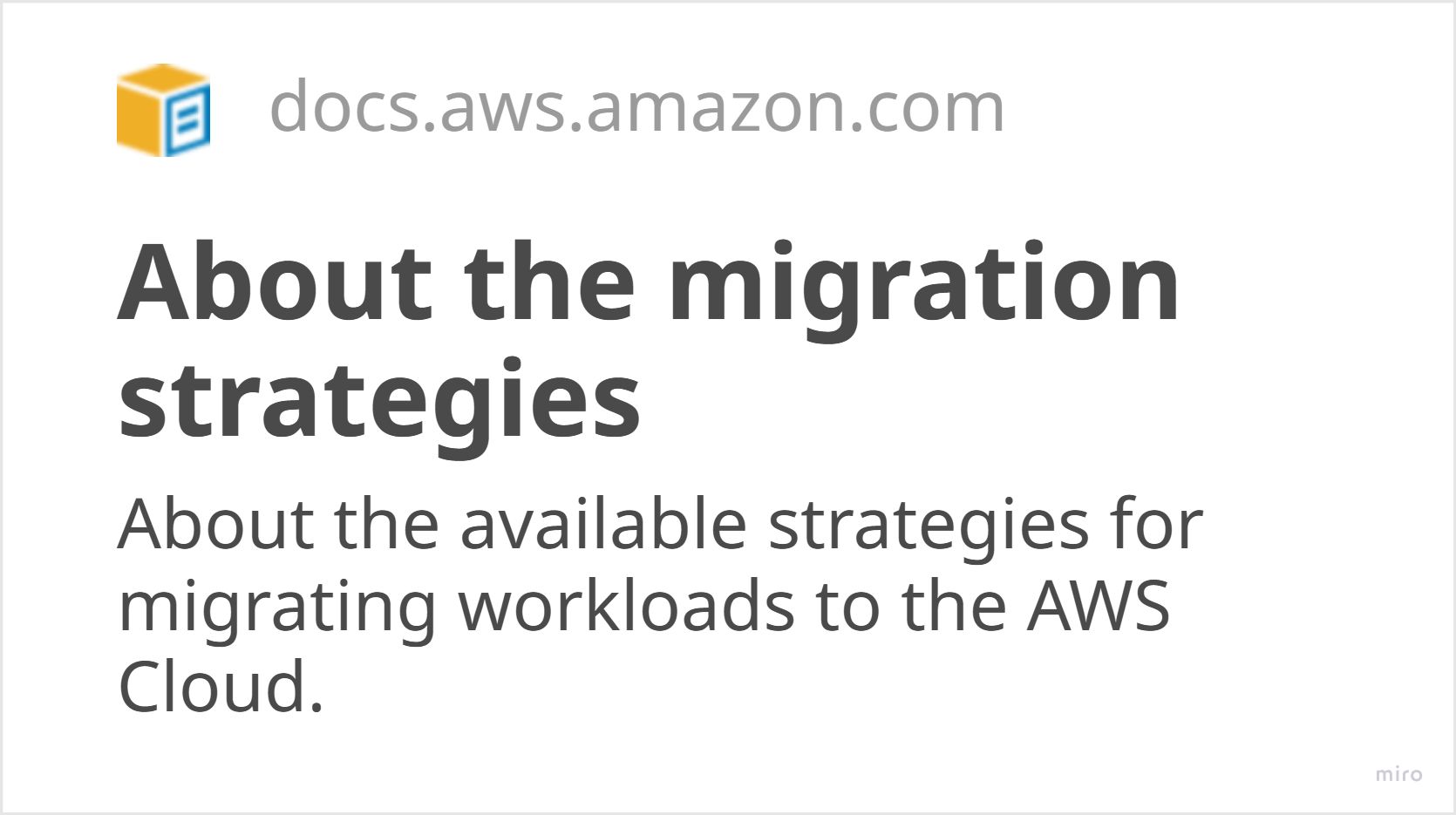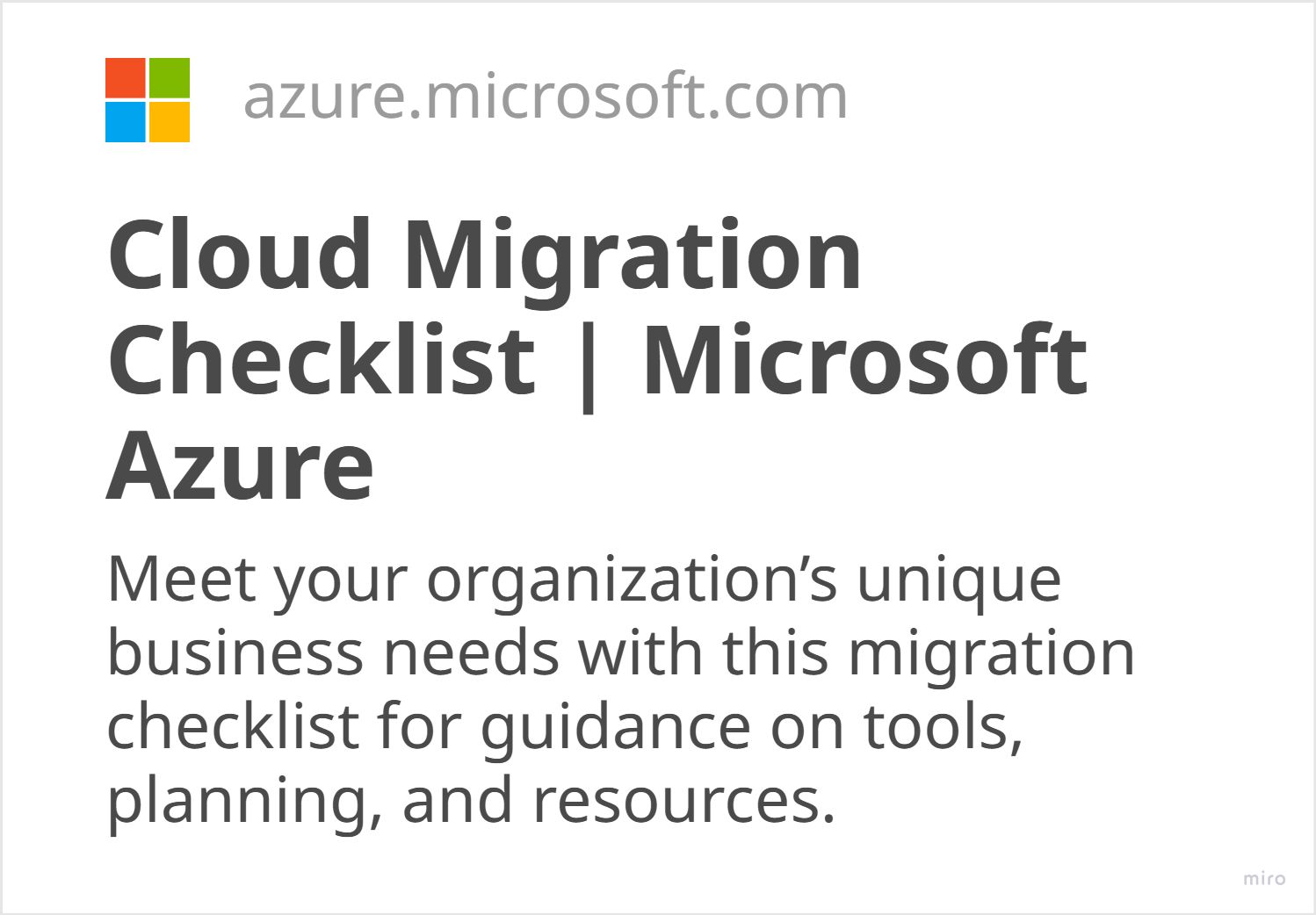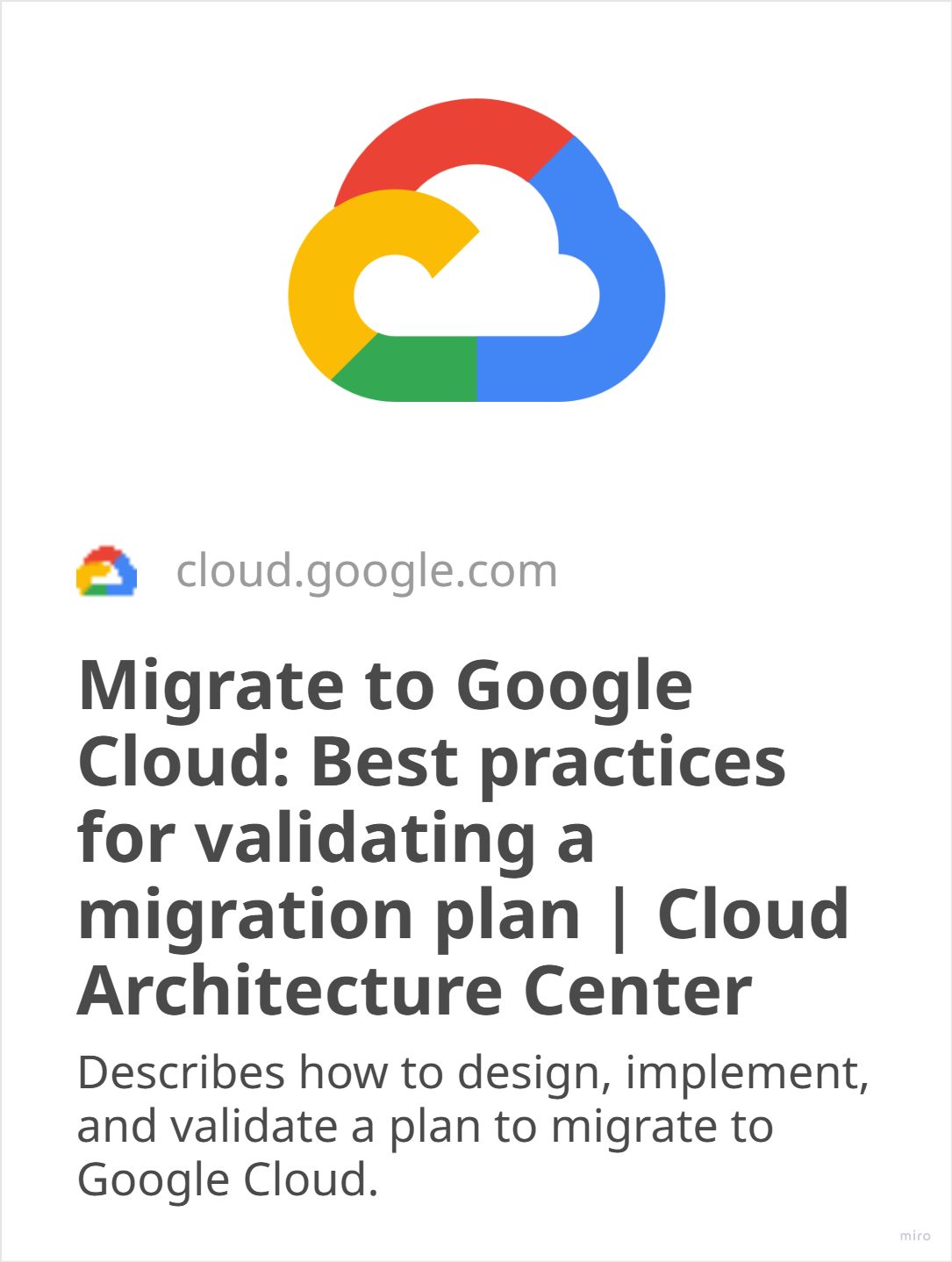- С-Growth Guide
- Posts
- It’s migration time. Again?!
It’s migration time. Again?!
What every C-level needs for the migration marathon
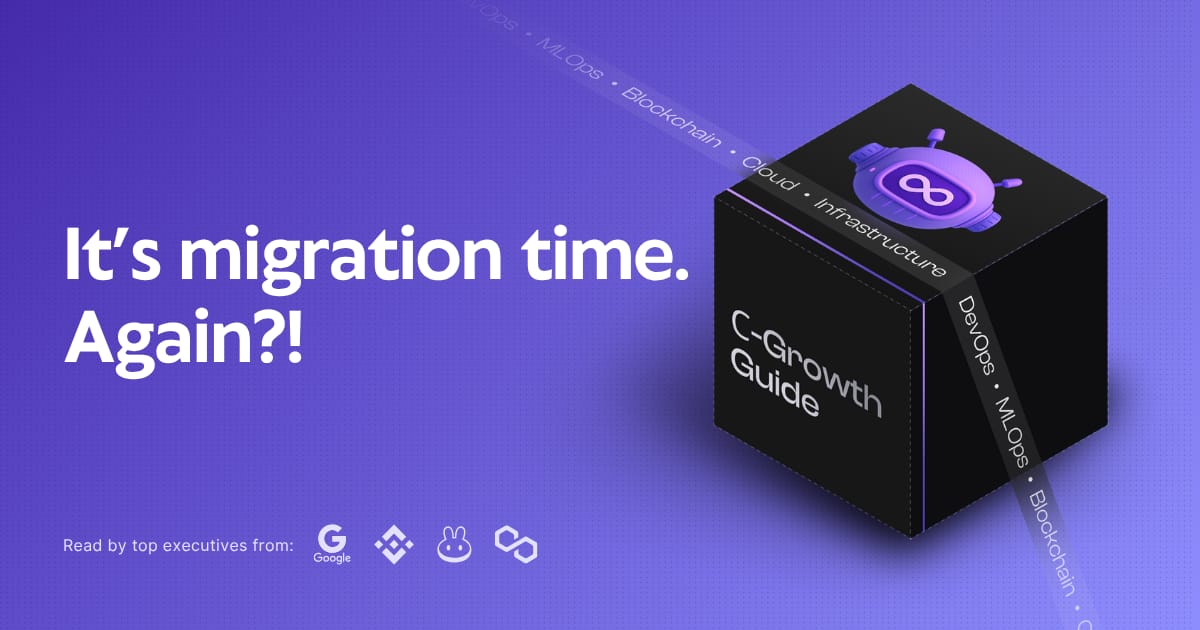
Hey, exec crew!
While everyone’s still debating “Is on-prem dead?” and “Will GenAI run our infra for us?”, we as C-levels have a more pressing challenge: how do we actually lead our teams through the next wave of migration—without breaking the bank, the business, or our sanity?
In this note, we're sharing the sharpest insights from KubeCon 2025 and the latest real-world stories on cloud migration, platform engineering, and scaling AI workloads.
Whether you’re plotting your next big move or just want to avoid the classic migration pitfalls, there’s something here for every forward-thinking leader.
Hope you find your migration mojo—and maybe a few shortcuts—inside. Enjoy the C-Growth Guide!
5 COMMON MIGRATION CHALLENGES IN 2025
(and how to solve them)

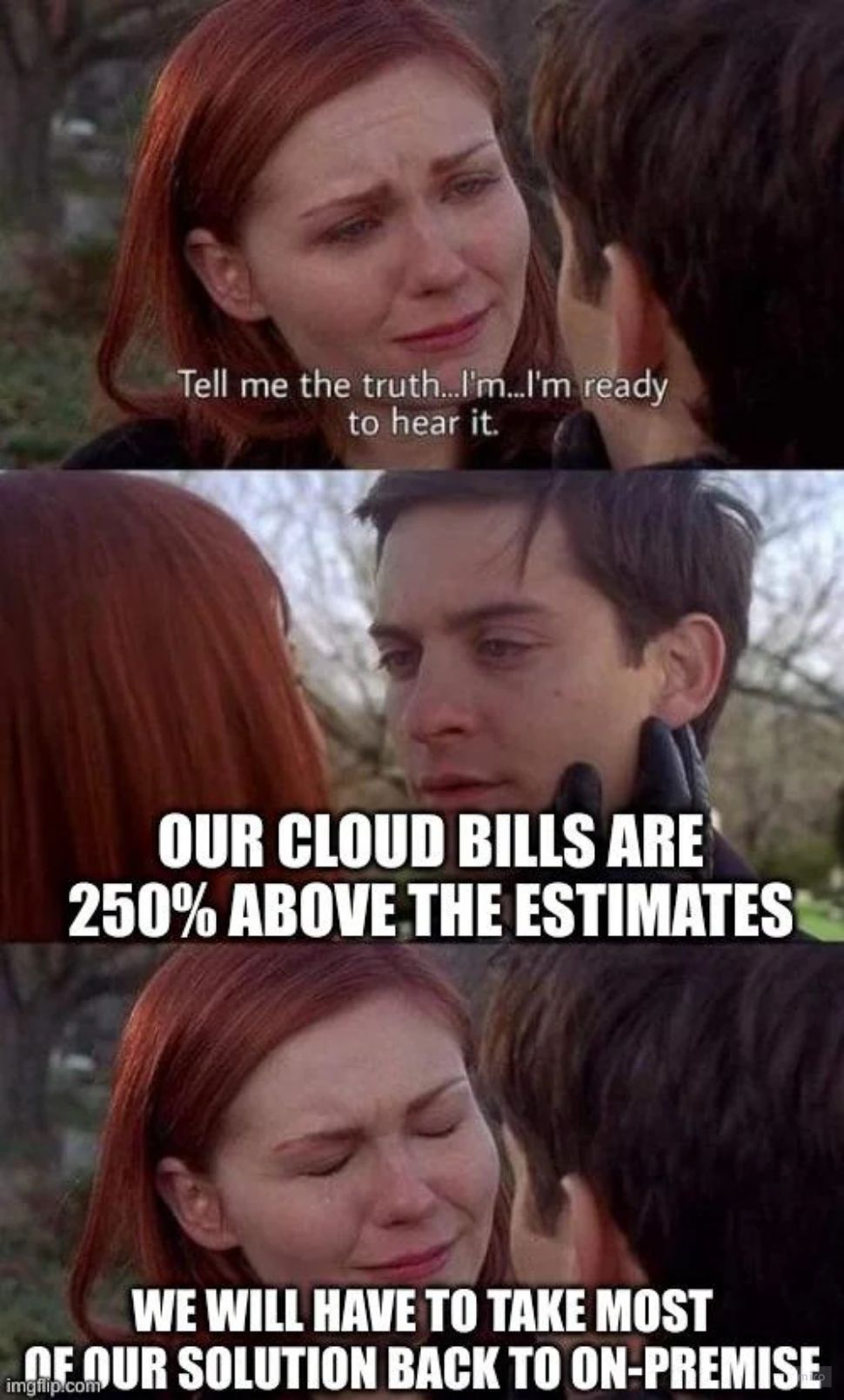
FinOps and cloud cost overruns
After migration, cloud costs spiral out of control due to a lack of visibility, overprovisioning, and “set-and-forget” resource management. This is especially true in multi-cloud and dynamic environments.
DevOps approach to try: Adopt FinOps practices—cross-functional teams using tools like CloudHealth, AWS Cost Explorer, or Azure Cost Management to monitor, forecast, and optimize spend. Integrate cost checks into CI/CD pipelines (e.g., using Infracost with Terraform) so every infrastructure change is cost-aware before deployment.
Community discussion: Why is DevOps still such a fragmented, exhausting (and ofc costly) mess in 2025?
AI/ML integration and observability gaps
With AI/ML workloads moving to the cloud, teams struggle to monitor, debug, and optimize these pipelines. Traditional observability tools often don’t provide the granularity or context needed for ML models and data pipelines.
Things we do: Use AI/ML-specific observability tools like WhyLabs, Evidently AI, or Datadog’s ML monitoring. Integrate these with your CI/CD and data pipelines for real-time drift detection, model performance tracking, and automated rollback on anomalies.
Docs: WhyLabs
Security fatigue and DevSecOps burnout
Security “shift-left” is now the norm, but many engineers on Reddit and in community blogs report alert fatigue and burnout from constant vulnerability scanning, compliance checks, and manual triage.
How to solve: Automate security as much as possible with tools like Aqua Security and Trivy. Use policy-as-code (OPA, Sentinel) to enforce security standards automatically in CI/CD. Invest in security training and rotate responsibilities to avoid burnout.
GitHub: Aqua Security
Fragmented governance and “shadow IT” post-migration
After migration, your company might experience “shadow IT” processes—teams spin up resources outside official processes, leading to security, compliance, and cost issues.
DevOps solution: Adopt Infrastructure as Code (IaC) with tools like Terraform or Pulumi to enforce standardized provisioning. Use policy-as-code (e.g., Open Policy Agent, HashiCorp Sentinel) to automate guardrails and governance. Integrate these checks into CI/CD so every change is reviewed and auditable.
Another view on the challenge: How migrating to the cloud can solve your problem with shadow IT
“Lift and Shift” without modernization
A common mistake is simply “lifting and shifting” legacy workloads to the cloud without refactoring. This leads to high costs, poor performance, and missed opportunities for automation and scalability.
DevOps trick to try: Use containerization (Docker, Kubernetes) to modernize workloads before migration. Employ CI/CD pipelines (GitHub Actions, GitLab CI) to automate testing and deployment of refactored services.
THE 4 MAIN KPI BUNDLES TO TRACK DURING MIGRATION

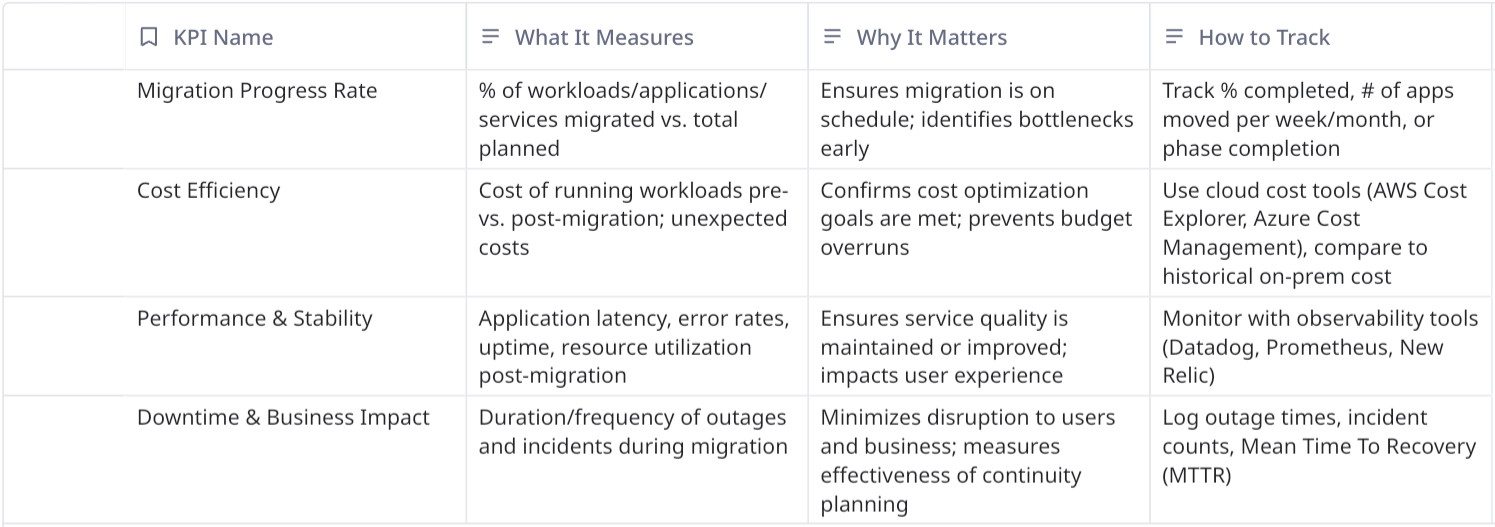
3 EDUCATIONAL GUIDES FROM THE BIGGEST CLOUD PROVIDERS
THE 2 BEST MIGRATION TALKS FROM KUBECON 2025

1 ADDITIONAL MEME TO MAKE YOU GIGGLE


This is for DevSecOps and Azure admirers. Enjoy the backstory of this meme.
Thanks for staying with us, sharing, and telling friends to join our pack.

